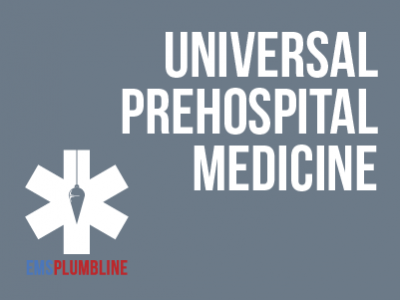 |
Communications for the Fire and EMS Supervisor |
1.00 |
So much of what we do in Fire and EMS is problem-solving. This CME is a fantastic means for managers to learn about the very technical field of Radio Communications. If you are a manager that is in the position of problem-solving, you will want to take time to review this material. Three experienced professionals succinctly discuss what you will need to know when preparing for a problem or reacting to problems in the Radio Communications realm. Final Exam: This multiple-choice exam is designed to test your knowledge of the material you just reviewed. You have two attempts to gain an 70% or higher on this exam. Please take your time and answer each question carefully. |
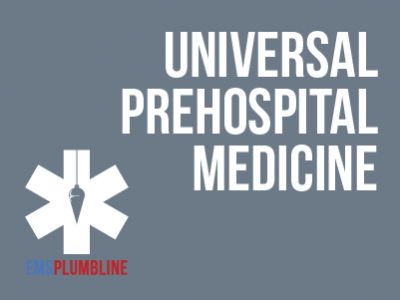 |
Head Trauma Interviews: Lesson 1 |
1.50 |
Lauren Wittman RN, BSN, CCRN-CMC, sits down to discuss some of the fundamental components of brain and skull Anatomy and Physiology with Jonathan J. Stone, M.D. . As the discussion continues, Dr. Stone offers an in-depth look at what we can expect when secondary trauma to the brain continues to manifest. This valuable information will assist you with understanding your local protocols no matter where you are. Final Exam: This multiple-choice exam is designed to test your knowledge of the material you just reviewed. You have two attempts to gain an 75% or higher on this exam. Please take your time and answer each question carefully. |
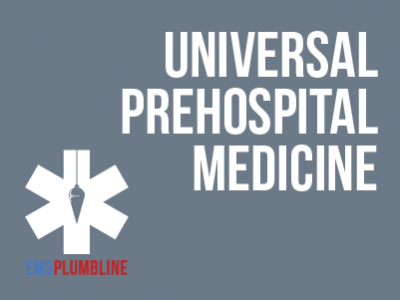 |
Popular Tourniquets |
1.00 |
Prehospital trauma care has not seen many changes that rival the advent of tourniquets. There is a lot of material that is nice to know. This lesson is a brief review of what we believe medics need to know. Successful completion of this lesson will set the stage for higher-level conversations. More importantly, we hope that you will be encouraged to practice applying the tourniquets until you have obtained true proficiency. Final Exam: This multiple-choice exam is designed to test your knowledge of the material you just reviewed. You have two attempts to gain an 80% or higher on this exam. Please take your time and answer each question carefully.
|
 |
Human Relations Skill Development: Focus on Leadership Styles and Conflict Management |
2.00 |
Research indicates that those in positions of leadership use a variety of different leadership and management styles. A person’s effectiveness as a leader is often directly linked to his or her leadership style. It is important for OST professionals to be aware of the assumptions and characteristics of different leadership styles. Knowledge of different leadership styles can help OST professionals reflect on their own leadership style and assess its effectiveness. It can also help OST professionals take a proactive approach to applying different leadership styles and techniques, depending on the situation.
Leaders also use a variety of different styles when it comes to managing and resolving conflicts. By understanding how to diagnose the causes and dynamics of conflict and understanding the characteristics of different conflict management styles, OST professionals can choose the best conflict management strategy for each situation.
There are a number of skills that enhance the ability of OST professionals to employ different leadership and conflict management styles effectively. When OST professionals are aware of these skills and their own skill levels, they can set priorities for ongoing development of leadership skills. |
 |
Employment |
1.50 |
Several factors can contribute to someone being without work. These factors can be societal—a result of community circumstances, or subjective—due to individual traits. This course will explore how self-defeating thoughts and other external factors contribute to periods of unemployment.
Additionally, this course will dive into the process of breaking through these barriers to become employed and the skills required to maintain a job. |
 |
Anger Management |
1.00 |
Anger is a set of physical responses, emotions, and behaviors triggered by a perceived threat or frustration. Anger can be harmful or helpful, depending on how you cope with your anger and the anger of others. This course will explore how to understand your anger better and manage your anger responses. You'll also examine the causes of anger and ways to use it constructively. |
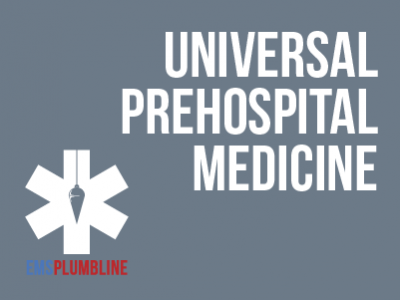 |
Lifting and Moving—Lesson 2 |
0.50 |
In the second session, we will discuss body mechanics and what you can do to properly train to perform in a safe manner. Final Exam: This multiple choice exam is designed to test your knowledge of the material you just reviewed. You have two attempts to gain an 80% or higher on this exam. Please take your time and answer each question carefully.
|
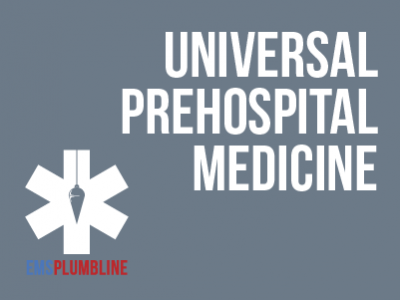 |
Communicating with the Deaf Sign Language User |
1.00 |
This training was developed by Dr. Jason Rotoli, Deaf Health Pathways Director, University of Rochester School of Medicine and Dentistry in conjunction with Dr. Jeremy Cushman, Chief of the University of Rochester’s Division of Prehospital Medicine. Funding for the Care of the Culturally Deaf education was provided by Society of Academic Emergency Medicine. Continuing Education provided by EMSPlumbline
Final Exam: This multiple-choice exam is designed to test your knowledge of the material you just reviewed. You have three attempts to gain an 80% or higher on this exam. Please take your time and answer each question carefully. |
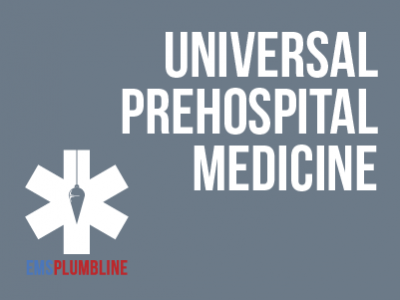 |
Communications for EMS Providers |
1.00 |
Many providers view EMS Communications as the most basic of topics. At the same time, some experienced providers see this as one of the most in-depth issues that they may come across. How do you view the topic of EMS Communications? It is difficult to find a provider with a rich background in EMS Communications that John Merklinger brings to the table. His knowledge of the industry and his ability to breakdown complex issues makes this large topic very easy to digest.
Final Exam: This multiple-choice exam is designed to test your knowledge of the material you just reviewed. You have two attempts to gain an 70% or higher on this exam. Please take your time and answer each question carefully. |
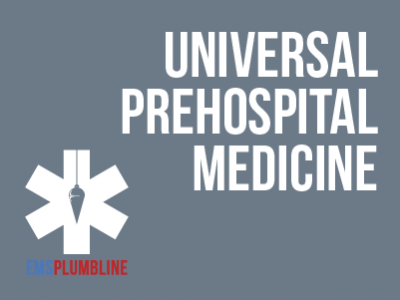 |
Review of Resuscitation |
1.50 |
Dr. Erik Rueckmann and Paramedic Sal Valdez sit down with Paramedic Michael Hoskins in this insightful interview. Their discussion will lead you through the concepts of resuscitation and the teamwork that is inherently integrated in the efforts to be successful.
Final Exam: This multiple-choice exam is designed to test your knowledge of the material you just reviewed. You have two attempts to gain an 70% or higher on this exam. Please take your time and answer each question carefully. |
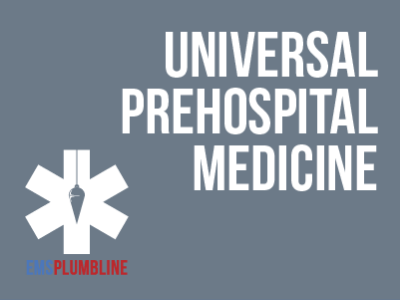 |
Brick by Brick: Trauma Transport Decisions 1—Receiving Facilities |
1.00 |
|
 |
Developing and Implementing Effective School-Age Outdoor Environments and Interest Areas |
2.00 |
School-age children need daily opportunities to exercise, relax, and participate in a wide range of outdoor activities. The hours children spend in after school programs are often the best hours of the day for getting fresh air and enjoying the out of doors while it is still daylight. School-age programs can provide safe, secure settings where children can enjoy the out of doors. Even if outdoor space is limited, regular participation in a wide variety of physical activities in the open air can help children develop healthy exercise habits that will last a lifetime. |
 |
Domestic Abuse |
2.00 |
Domestic Violence, or Intimate Partner Violence (IPV), is defined as physical abuse or aggression that occurs in a romantic relationship. “Intimate partner” refers to current and former spouses and dating partners.
This course will discuss the causes of domestic abuse, explain what characteristics to look for when identifying domestic abuse, determine appropriate ways to address abuse in your relationship or with a loved one, suggest ways to prevent abuse, and provide resources for further assistance with domestic abuse. |
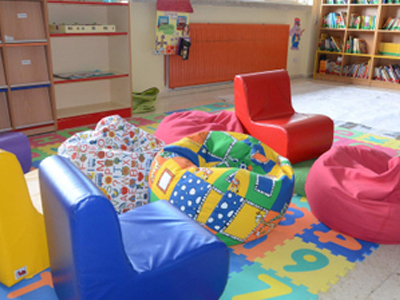 |
Guiding School-Age Children in Groups |
2.00 |
When large numbers of children are involved in the program, it is challenging to create and deliver school-age program activities that can meet the needs of all children. The key to success is taking a systematic approach to program planning. It is important for staff to understand how to select appropriate activity options and use effective management strategies that make it possible to offer a balanced variety of simultaneous activity options. This understanding will help staff plan and implement a program that effectively supports, nurtures, and guides individual differences and fosters positive interaction among children in groups. |
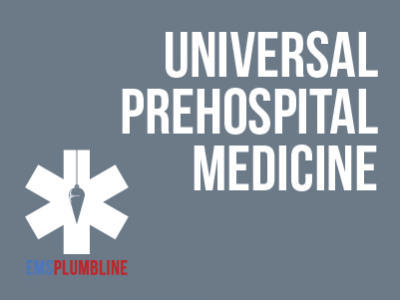 |
Framing: Interviewing a Flight Medic |
1.00 |
The advent of Helicopter Emergency Medical Services (HEMS) has opened the door for care that is often superior to what can be done on the ground. Most providers will look to the speed of transport as the benefit that a helicopter can offer. This lesson is designed to allow the Ground Emergency Medical Service (GEMS) Provider a chance to think differently about HEMS. This interview sheds some light on how just one Flight Medic approaches her job. This enlightening talk will offer a GEMS provider the opportunity to value not just what HEMS can do for the patient but gain some insight as to how the people on the aircraft can make a difference to the persons in need of assistance. Final Exam: This multiple choice exam is designed to test your knowledge of the material you just reviewed. You have TWO attempts to gain a 70% or higher on this exam. Please take your time and answer each question carefully. |
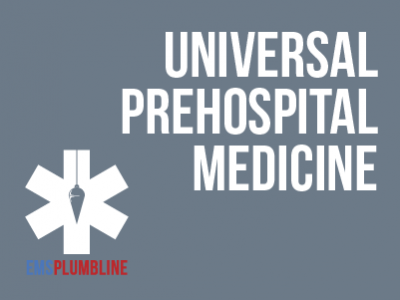 |
Framing: Toxic Inhalations at Structure Fires |
1.00 |
In this brief overview, we discuss the topic of smoke inhalation as it relates to what may occur during a typical structure fire. The emphasis of this lesson will be CO and Cyanide. These are two of the most common toxic inhalation hazards that EMS providers will encounter when treating those that are exposed. Final Exam: This multiple-choice exam is designed to test your knowledge of the material you just reviewed. You have two attempts to gain an 70% or higher on this exam. Please take your time and answer each question carefully. |
 |
Brick by Brick: Gastroenterology Overview—Part 1 |
1.50 |
In most EMS systems, gastroenterology education is avoided at the BLS level. However, prehospital providers frequently respond to reports of nausea, abdominal discomfort, or pain. There is often a disparity in the relationship between the frequency of responses and the amount of education available to EMS providers.
Melodie Kolmetz, Paramedic, PA-C, is a multi-disciplinary provider and educator. She brings her experience as a paramedic, physician assistant, and university professor to this prerequisite course. Her review of the anatomy and physiology of the gastrointestinal and genitourinary tracts offers a better understanding of how to identify life-threatening emergencies. The end result will be better choices when determining the appropriate prehospital interventions and the nearest appropriate transport destination.
Final Exam: Please read each question carefully. You will have two attempts to gain a 70% or higher on this exam. If you are not successful in two attempts, you are welcome to take the course again to gain the certification. |
 |
Brick by Brick: Gastroenterology Overview—Part 2 |
1.50 |
Melodie Kolmetz, Paramedic, PA-C, is a multi-disciplinary provider and educator. Her lesson continues with an overview on completing a physical exam. Melodie's experience as a paramedic, physician assistant, and instructor offers an opportunity to learn from one of the best in the industry.
Final Exam: Please read each question carefully. You will have two attempts to gain a 70% or higher on this exam. If you are not successful in two attempts, you are welcome to take the course again to gain the certification. |
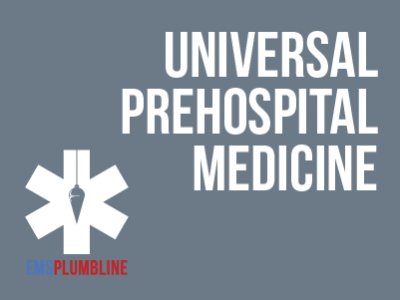 |
Framing: Child Maltreatment for EMS Providers |
1.00 |
Child Abuse Pediatrician Dr. E. Murray discusses some of the key issues that EMS providers must consider when caring for abused children. Final Exam: This multiple-choice exam is designed to test your knowledge of the material you just reviewed. You have two attempts to gain an 70% or higher on this exam. Please take your time and answer each question carefully. |
 |
Growing as a Professional in School-Age Programs |
2.00 |
Caring for school-age children in a school-age program is a relatively new field of work. The field itself is constantly changing and expanding. In view of this "newness" and change, those who work in the field are playing an important role in shaping and defining what it means to be a school-age professional. They are guiding school-age care as an emerging profession. In the search for a definition of professionalism in school-age programs, it is helpful to examine the common characteristics of professionalism in other fields. The next step is identifying qualities and characteristics associated with professional behavior in the school-age field, itself. As a school-age professional, it is also important to understand the importance of acting as a public policy advocate on behalf of school-age children and their families. An important part of professionalism is continued personal growth and development in relation to the field. This requires using appropriate resources and strategies to further individual professional development. It also requires considering what constitutes ethical conduct in the field and developing an ongoing commitment to ethical behavior. |
 |
Choosing the Best Solution |
1.50 |
This course will dive into general decision-making strategies you can apply to various scenarios. These strategies will better prepare you to make difficult decisions in your everyday life. |
 |
NYS MOLST Training |
1.50 |
The New York State Medical Orders for Life Sustaining Treatment (MOLST) form contains medical orders that EMS must honor in critically ill and frail patients. In order to honor patient wishes at the end of life, it is essential that EMS clinicians are able to rapidly interpret MOLST forms and honor the orders. In 2023, DOH policy was updated to align with an updated MOLST form and to allow the recognition of health care agents by EMS without online medical oversight. This training reviews the legal roles of health care agents, discusses the purpose of the MOLST form, how to interpret orders and reviews five scenarios that will give you the confidence to interpret and honor MOLST orders when it matters most. |
 |
Framing: Documentation-Proper and Complete |
1.00 |
Your local training director, operations officers, and medical direction have expectations that should be met for each and every documentation piece that you provide. It is our intention to provide you with knowledge on this subject that will spark good discussion and hopefully a better overall product for you and your service. |
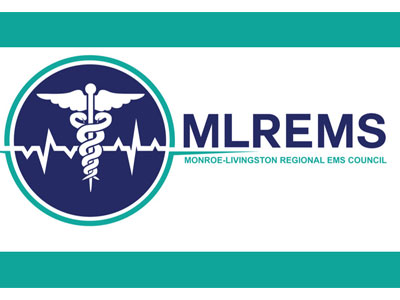 |
Constructing: FAST-ED Overview |
1.00 |
Professor of Emergency Medicine and Chief of the Division of Prehospital Medicine at the University of Rochester, Jeremy Cushman, brings his experienced team of prehospital providers together to discuss the benefits of Field Assessment Stroke Triage for Emergency Destination (FAST-ED). You will want to take notes and download your favorite smartphone app. This lesson is sure to spark an excellent discussion with your training officers and/or medical director(s).
Final Exam: This multiple choice exam is designed to test your knowledge of the material you just reviewed. You have two attempts to gain an 80% or higher on this exam. Please utilize the smartphone app of your choosing and take your time and answer each question carefully. |
 |
Brick by Brick: Edibles and Legalization-Part 1 |
1.00 |
In the Fall of 2021, EMT Conner Griffin sat down with Monroe Livingston County's Medical Director, Jeremy Cushman, and Dr. Nicholas Nacca. Dr. Nacca brings a unique set of skills to the first lesson in this series. His experience as an Emergency Medicine Physician and a Toxicologist is evident. They discuss the medical aspects of potent edibles and how legalization offers new challenges to prehospital medicine. You will want to listen to this lesson and return for more as this topic evolves.
Final Exam: This multiple choice exam is designed to test your knowledge of the material you just reviewed. You have two attempts to gain a 70% or higher on this exam. Please take your time and answer each question carefully. |


























